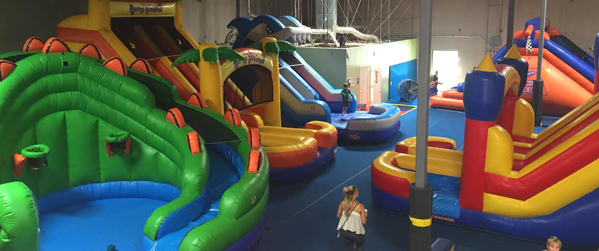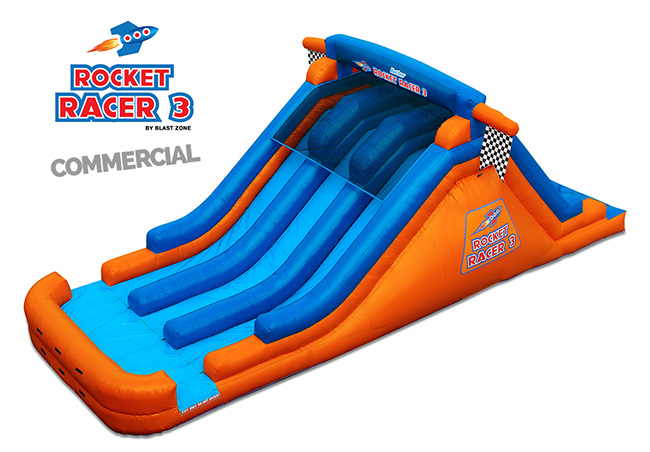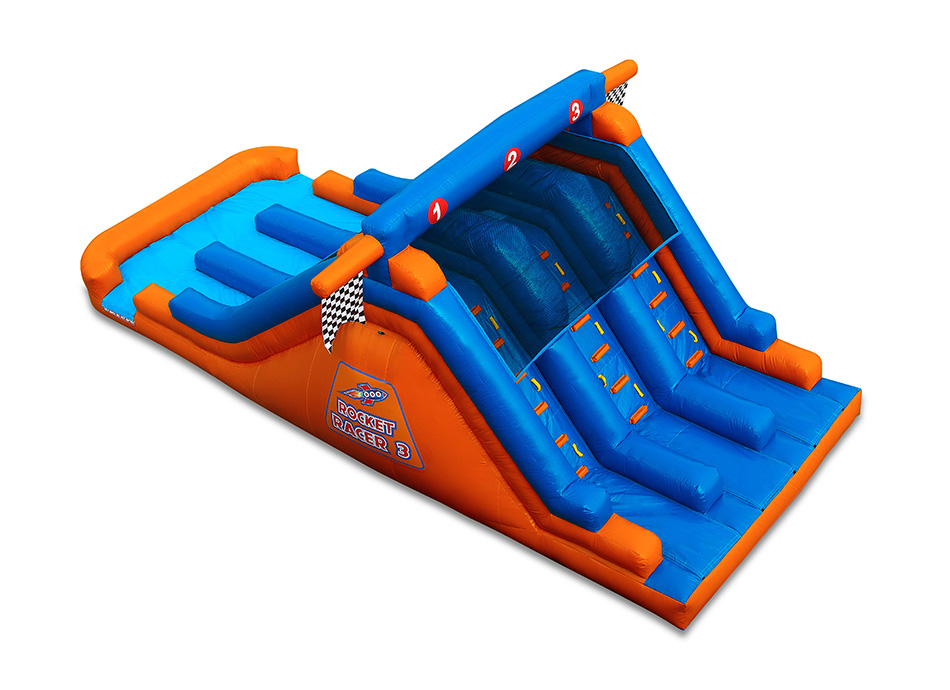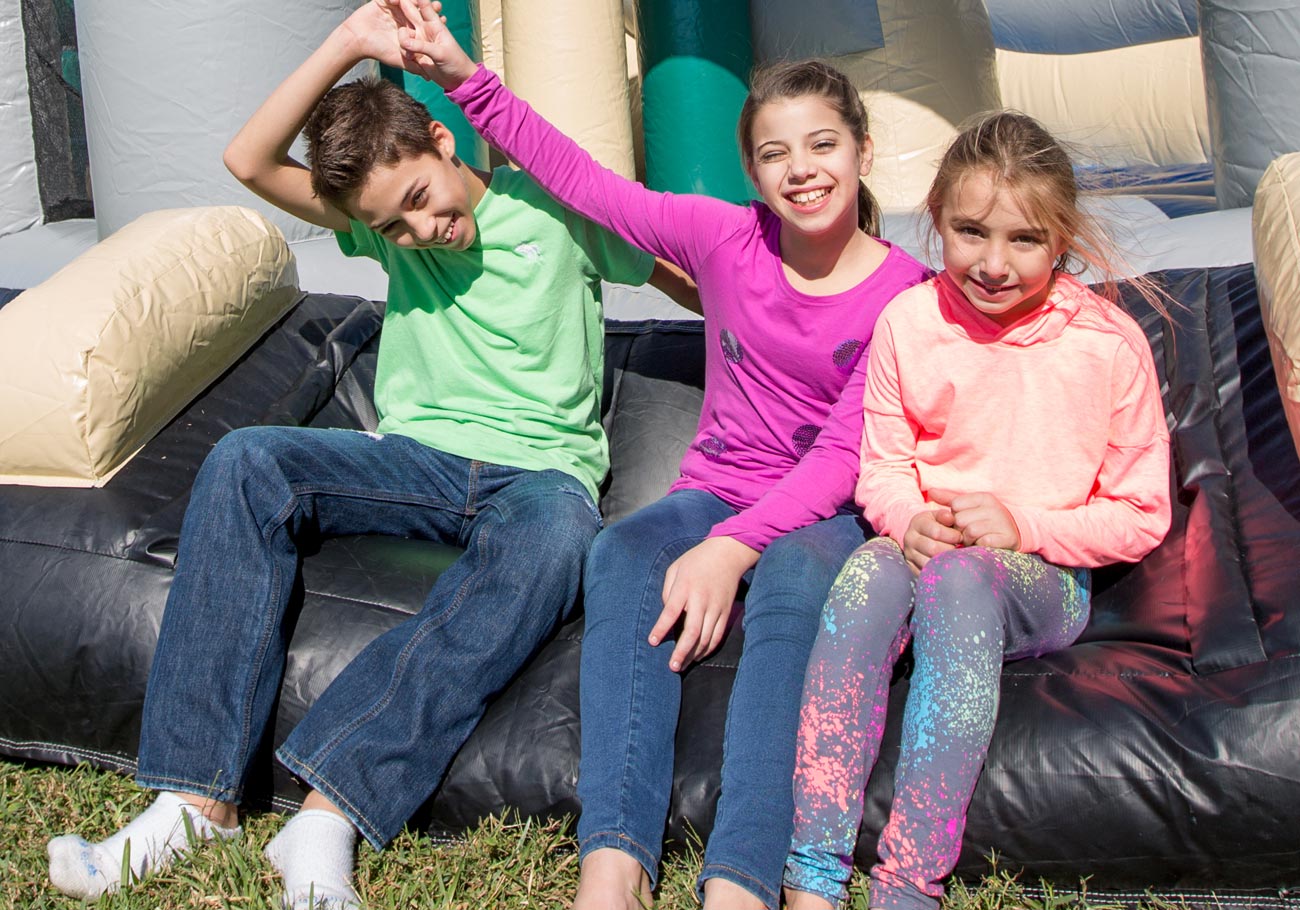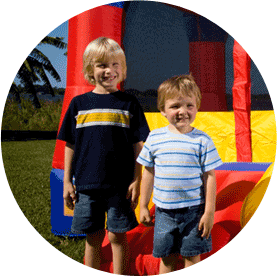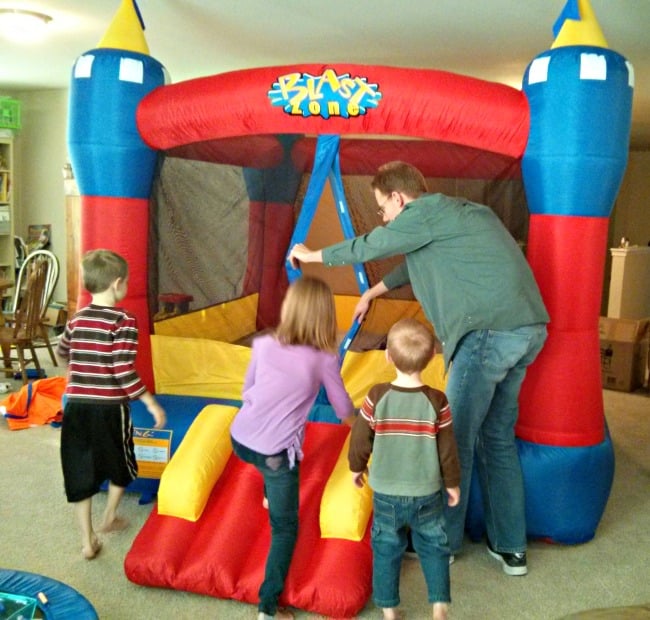As a business owner, or the operator of a “public” inflatable device, there are a lot of considerations: Safety, Insurance, Market Demands, Pricing – the list goes on. These do not apply exclusively to Inflatable Rental Companies, Indoor Bounce Centers and FEC’s – Even institutions like Churches, School and Camps need to be concerned about Liability and Compliance. A “Public” inflatable device should be considered any Inflatable Bounce House, Inflatable Slide, Etc where the public or a congregation has access to the fun. So if your institution or business offers the Inflatable for use by the public, this pertains to you. And while Inflatables are fun for kids, the compliance is definitely for adults.
Most operators of Inflatable equipment rely on the device manufacturers to comply with the various regulations, but ultimately this may be difficult or even impossible for the inflatable manufacturer to provide. Why? Because on top of the various over-arching governing bodies that regulate the manufacturing process, various state and local authorities may have their own regulations. Translation: Your local government may ask you to do some extra stuff above and beyond what the manufacturer does during manufacture. Thankfully, most governing bodies simply adopt the same manufacturing standards that are required of the manufacturer, but some go further.
So who are these various governing bodies that come into play?
First and foremost, is ASTM international, an acronym for American Society for Testing and Materials. This body creates committees to provide manufacturing guidelines for both Commercial Constant Air Inflatables, which falls under the scope of the manufacture of amusement devices, f2374 and a newer standard specific to home-use inflatable devices, F2729.
According to ASTM,
“ASTM standards are voluntary in the sense that their use is not mandated by ASTM. However, government regulators often give voluntary standards the force of law by citing them in laws, regulations, and codes.”
While the ASTM guidelines may not be considered law, sometimes laws will adopt the ASTM standards into a law, making them mandatory. The 2008 Consumer Product Safety Improvement Act (CPSIA), by the Consumer Product Safety Commission also adopts ASTM incorporates standard F963 Safety Specification for Toy Safety as part of the law.
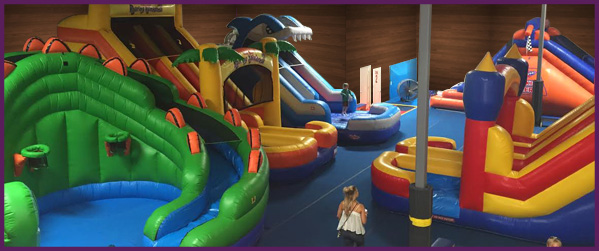
So the Consumer product safety commission and ASTM pretty much have it covered, right? So what does the operator need to worry about? As an operator, you are still responsible for local and state regulations, which may incorporate these guidelines, and add additional guidelines for you to follow. One important standard when it comes to fire departments is the NFPA 701 , which the National Fire Prevention Association states, “This standard establishes test methods to assess the propagation of flame of various textiles and films under specified fire test conditions.” Most manufacturers who comply with ASTM can also provide a certification that materials comply with NFPA 701.
New Jersey and Pennsylvania also require “type certification,” where the manufacturer must apply for certification on specific structures in order for operators in these states to be able to use the devices in these states. For a comprehensive guide to state-level requirements, BounceHousesNow.com has put together a nice guide by state. To check out requirements for your state, follow their link database.
So to summarize:
- Buy from a reputable manufacturer
- Make sure your chosen supplier complies with CPSIA and ASTM Standards
- Make sure your supplier provides NFPA 701 testing certification, and acknowledges this on the warning label
- Check the State regulations List
- Check with state and local governing bodies and Fire Departments.
And as always, follow safety guidelines, and Have a Blast!
